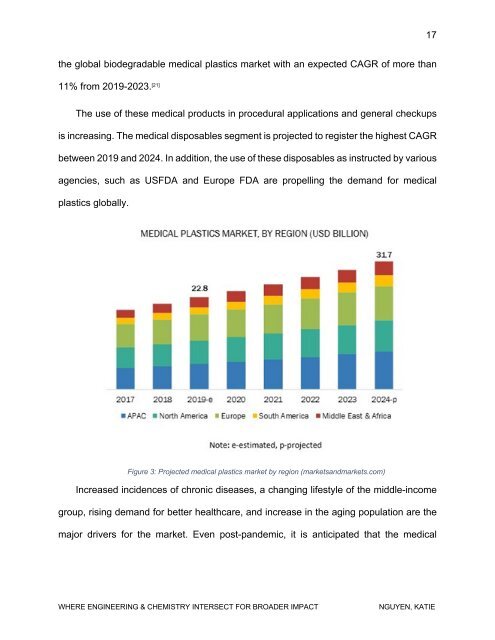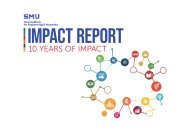Where Engineering & Chemistry Intersect for Broader Impact
Currently, many biodegradable products in the market are bio-based, such as polysaccharides, proteins, and lipids, and are focused on conventional plastic applications. This approach to production of biodegradable plastics, however, is facing mounting challenges due to high cost, weaker performance, and environmental issues. In addition, several biodegradable plastics have proven to break down quickly under specific, simulated environmental conditions, but they may not be effectively degradable under natural conditions. As a result of these challenges and many more, there exists a gap in the market. Our Project Affiliates, Dr. Son and Dr. Krueger, aim to bridge this gap by pursuing a biodegradable plastic that better addresses the aforementioned challenges, investigating a prototype plastic with predictable degradation and mechanical properties. In the spirit of interdisciplinary innovation, they seek to develop a joint chemical and engineering approach to biodegradable plastics for broader impact.
Currently, many biodegradable products in the market are bio-based, such as polysaccharides, proteins, and lipids, and are focused on conventional plastic applications. This approach to production of biodegradable plastics, however, is facing mounting challenges due to high cost, weaker performance, and environmental issues. In addition, several biodegradable plastics have proven to break down quickly under specific, simulated environmental conditions, but they may not be effectively degradable under natural conditions. As a result of these challenges and many more, there exists a gap in the market.
Our Project Affiliates, Dr. Son and Dr. Krueger, aim to bridge this gap by pursuing a biodegradable plastic that better addresses the aforementioned challenges, investigating a prototype plastic with predictable degradation and mechanical properties. In the spirit of interdisciplinary innovation, they seek to develop a joint chemical and engineering approach to biodegradable plastics for broader impact.
You also want an ePaper? Increase the reach of your titles
YUMPU automatically turns print PDFs into web optimized ePapers that Google loves.
17<br />
the global biodegradable medical plastics market with an expected CAGR of more than<br />
11% from 2019-2023. [21]<br />
The use of these medical products in procedural applications and general checkups<br />
is increasing. The medical disposables segment is projected to register the highest CAGR<br />
between 2019 and 2024. In addition, the use of these disposables as instructed by various<br />
agencies, such as USFDA and Europe FDA are propelling the demand <strong>for</strong> medical<br />
plastics globally.<br />
Figure 3: Projected medical plastics market by region (marketsandmarkets.com)<br />
Increased incidences of chronic diseases, a changing lifestyle of the middle-income<br />
group, rising demand <strong>for</strong> better healthcare, and increase in the aging population are the<br />
major drivers <strong>for</strong> the market. Even post-pandemic, it is anticipated that the medical<br />
WHERE ENGINEERING & CHEMISTRY INTERSECT FOR BROADER IMPACT<br />
NGUYEN, KATIE














